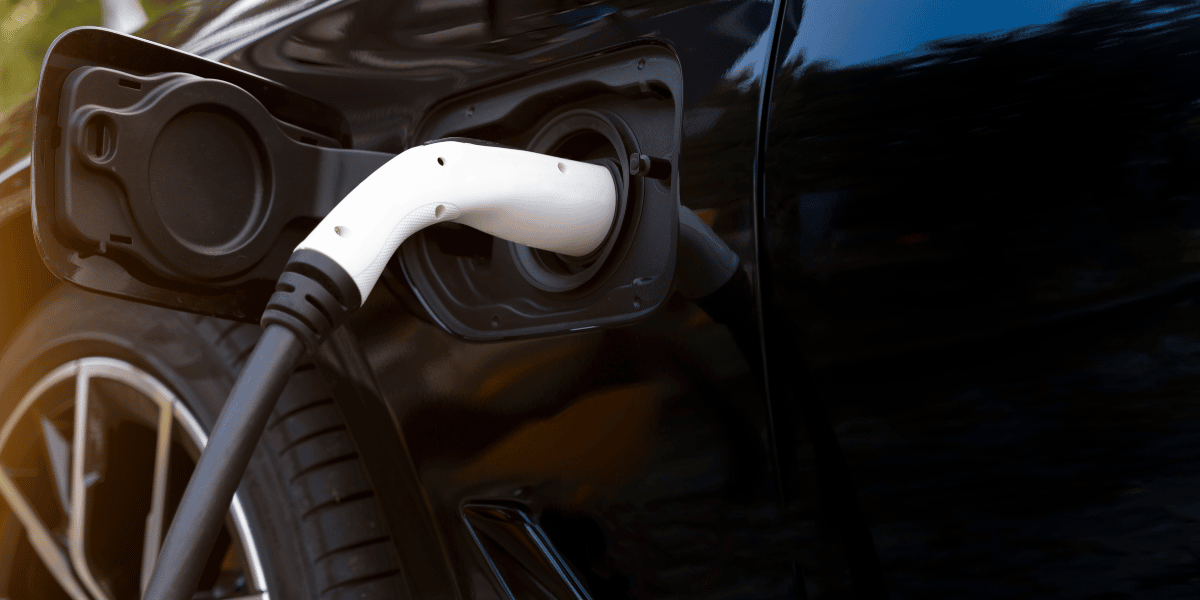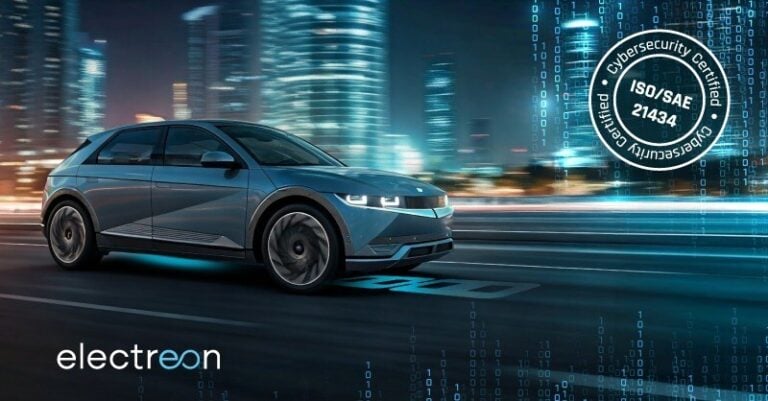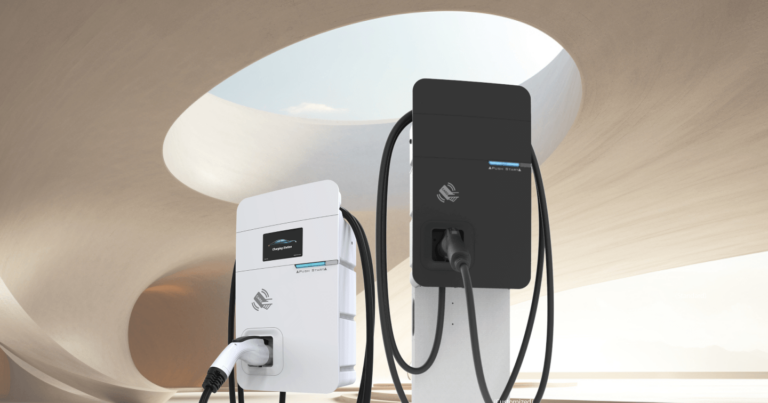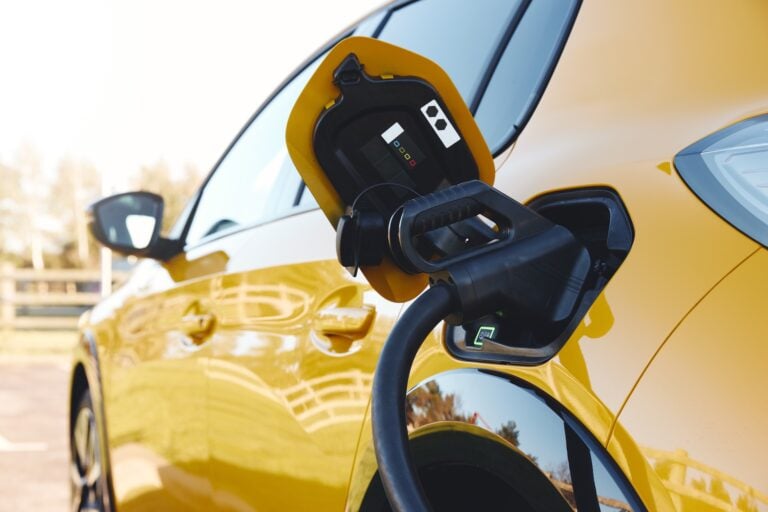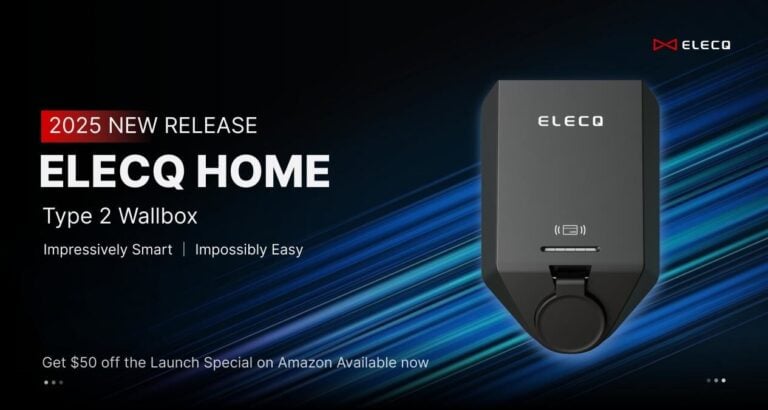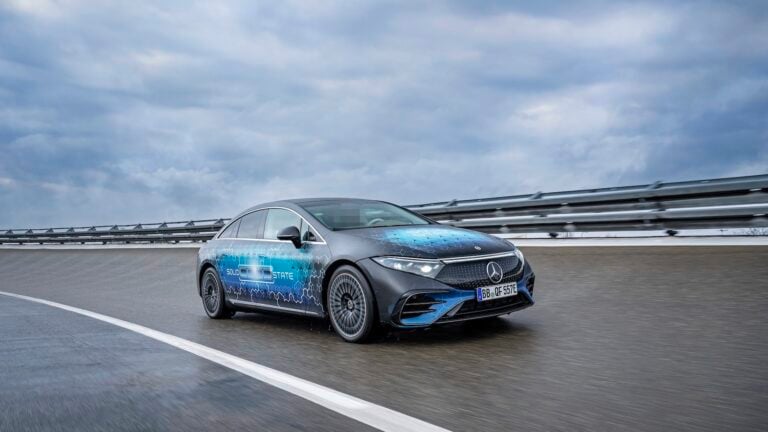Guest Post by Jon Asmussen, Head of Business Development, Twilio IoT
EV drivers are part of a rapidly developing ecosystem, however, they experience issues with the consistency, reliability, and quality of their charging experience.
Electric vehicle (EV) drivers worldwide are riding the wave of change and becoming part of this rapidly growing sector. In 2021, EV sales increased to 6.6 million, which brought the total number of EVs on the roads to 16.5 million globally. Sales in the first quarter of 2022 hit 2 million, a 75% increase over the same period the previous year.
It’s easy to see why so many people are buying electric vehicles, as EV drivers benefit from a range of unique features such as emission-free transportation, fast and silent acceleration, and lower maintenance costs due to efficient electric motors.
However, if an EV owner doesn’t have a home charging station, or if they’re taking longer trips, they must rely on public charging stations. These are run by charge point operators (CPOs), who set their own fees on top of charging customers based on electricity by the kilowatt hour (kWh).
This means it may be more expensive for drivers to charge at the grocery store than at the movie theater, depending on the CPO.
Considering the higher cost of public charging, EV drivers naturally expect a seamless and well-planned charging experience. However, with the current infrastructure, this isn’t being delivered. Let’s first delve into why the EV charging is broken and then explore how it can be fixed.
Problem 1: Quality and Reliability of EV Charging Infrastructure
EV chargers carry out complex operations. They need to be able to interact with the client, provide charge, and process the driver’s payment. Without this, the client is left stranded with an empty battery and anxiety about getting home or to the office.
Unfortunately, EV drivers often are faced with inconsistencies when handling chargers. They tell of how the grocery store charger starts and then quits a few moments later. Touchscreens freeze. Apps crash. Providers accidentally double-charge for a single session. With communities of drivers coming together and communicating across platforms such as VinFast’s forum, these stories are being shared broadly.
In fact, according to a recent study, EV drivers found 25% of public EV chargers to be unusable due to broken connectors, network failures, payment system failures, and unresponsive screens. The study returned to 10% of those malfunctioning chargers eight days later to find no improvements in functionality. With EV drivers unable to rely on chargers, their experience becomes fraught with anxiety.
This problem has forced operators like Ford to invest in “Ford Charge Angels,” a roving fleet to monitor and maintain the Ford Blue Oval Charging Network and startups like ChargerHelp! to emerge to provide managed operations and maintenance for CPOs.
Problem 2: Inconsistency of Experience
Inconsistencies apply to EV charging across the board. The first is the hardware, the connectors themselves. Level 1 and Level 2 chargers, which use wall plugs that can be found in homes, use a standard connector that works across all EVs except Tesla. However, Level 3 chargers, which provide the convenience of fast charging and are increasingly being deployed in public charging spaces, use three different standards.
Manufacturers have therefore developed a range of different charging connectors for their vehicles.
Tesla has a unique connector for use with the Tesla Supercharger Network, and it comes with an adapter for use with other charging stations. Many Japanese manufacturers use a different connector than the ones used by U.S. and European manufacturers. Depending on the model of car an EV driver has, they may find fewer compatible charging stations in their local area and along planned routes.
Once the right connector is found, other issues are common. Consider this list of items outlined by CPO EVgo as “common foibles.”
- Not plugging the connector fully into the EV charging port (no *click* sound)
- Thinking the connector is stuck, but it just needs a little more elbow grease
- A CHAdeMO connector not seated fully into a Tesla adapter
Beyond hardware, further inconsistencies apply as different charging stations offer different customer experiences. Payment methods, for example, vary and cause friction. Many CPOs require the driver to download an app and will then ask for payment in-app. Others run on a membership model. Sometimes a program charging card is used where the card swipe does not work.
When drivers download apps, they may be of varying quality, with some crashing frequently and loading slowly. This inconsistency and frustrating customer experience can add unprecedented time and challenge to an EV driver’s day.
Fixing Issues to Improve the Customer Experience
Resolving these problems within the EV charging experience requires viewing them through a customer service lens. CPOs can then begin implementing technology and solutions that make the entire process seamless. The driver experience can be enhanced by CPOs fixing chargers quickly when they malfunction, enabling simpler authentication and billing methods and providing convenient support to customers.
Answering this question starts with reliable connectivity to and from chargers. Companies such as Twilio offer specialized cellular SIM cards that provide multi-carrier connectivity.
While Wi-Fi can be cost-effective in home environments, cellular has many advantages related to availability (relative ubiquity of signal outdoors), simplicity (no access points to manage), and security (less prone to hacking). Once chargers are reliably connected via cellular, they can benefit from features such as:
- Remote monitoring for issues or abnormalities by analyzing sensor data coming from a charger
- Receiving software updates and security patches in real time
- Connecting with user accounts and creating more seamless payment processes
- Connecting drivers directly to on-screen tutorials or contact centers leveraging VoIP technology
- Displaying advertising from sponsors, creating more revenue for CPOs
Reliable connectivity is not the panacea, however. Physical problems will still exist with chargers that can’t be detected from remote sensor readings and progress toward a universal charging connector standard may never materialize.
The ability for drivers to plug an electric vehicle into a charging station without additional authorization using an RFID card or mobile app using Plug & Charge (part of ISO 15118) will be important to removing friction as it becomes more commonplace outside of the Tesla network. And services like Twilio Verify can enable “silent” network authentication, so authenticating CPO user accounts on mobile apps can be made easier.
With electric vehicles, refueling shifts from a transactional relationship — find the corner gas station, insert credit card, to a relationship with a service provider — involving a user account, wayfinding, charger availability, charge status, and nearby amenities. Even with the hardware enhancements mentioned above, customer service will be a critical factor in customer satisfaction. Forward-thinking CPOs with offer an omnichannel customer service experience that might involve a button to reach a contact center from the charger directly or communicating over text or WhatsApp for service, and they will leverage first-party customer data to provide a personalized experience, for example, using a customer’s historical charging locations and times to notify customers of charger availability and provide redirects to alternate nearby locations without a wait.
As more publicly accessible chargers are installed globally, CPOs must deliver a convenient and reliable customer experience to meet customer expectations. The industry is dynamic and fast-paced. The CPOs who deliver the most seamless customer experience will emerge as the winners.
About the Author

Jon Asmussen has 20 years of experience in wireless telecommunications and software in roles spanning business development, sales, and product management. For over 10 years he has been focused on helping businesses achieve operational efficiencies leveraging IoT technologies. As head of business development for Twilio IoT, he is responsible for partnerships, channels, and market development. To hear more from Jon, follow him on LinkedIn.

